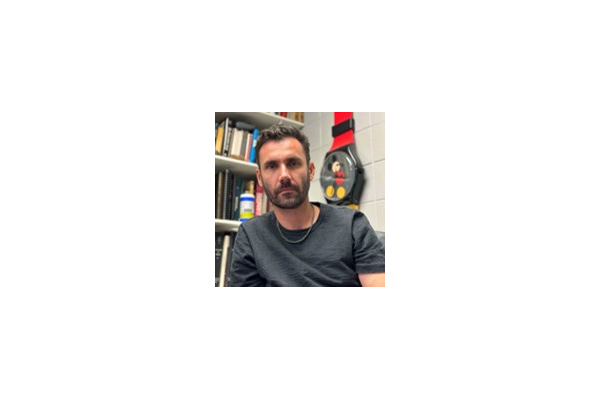EARTH SCIENCE COLLOQUIUM
Nicolas Dauphas is a planetary scientist and geochemist who holds the Louis Block Professorship in the Department of the Geophysical Sciences and the Enrico Fermi Institute at the University of Chicago. His research spans cosmochemistry and geochemistry, with notable discoveries including determining the radiometric age of the Galaxy, showing that Mars was a stranded planetary embryo, and demonstrating that the Earth and Moon have nearly identical isotopic compositions, challenging traditional views of lunar formation. In terrestrial geochemistry, Dauphas has made significant contributions by identifying the felsic nature of Earth's continental crust since 3.5 billion years ago and investigating the iron biogeochemical cycle. He founded the Origins Laboratory, which specializes in isotopic analysis of planetary materials, and has published over 200 papers. Dauphas also serves on the Board of Reviewing Editors for Science and participates in major sample return missions such as Hayabusa2 and MMX. His achievements have earned him numerous accolades, including election to the National Academy of Sciences.
The Apollo, Luna, and Chang'E 5 and 6 missions have returned samples from various locations on the Moon, greatly advancing our understanding of its formation and evolution. These samples, combined with orbital surveys, support the widely accepted hypothesis that the Moon formed from a giant impact between proto-Earth and a Mars-sized body called Theia, resulting in a molten Moon that gradually solidified. However, key questions remain, such as why the Moon is so isotopically similar to Earth, the origin of Theia, the timing of the Moon’s formation, and when it completed crystallizing. I will present new findings from iron isotopic anomalies and zircon hafnium data that provide fresh insights into these unresolved questions.










